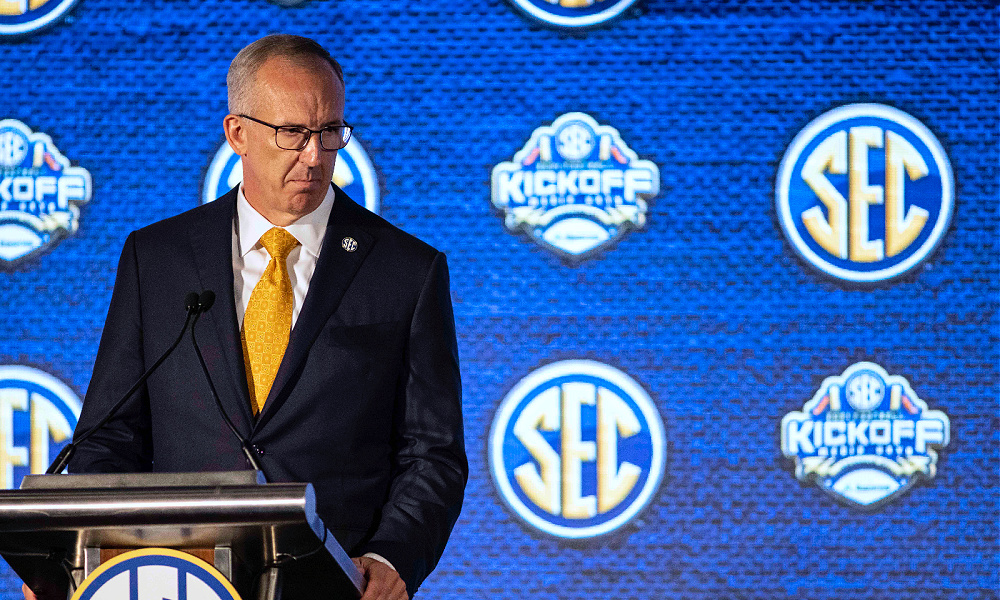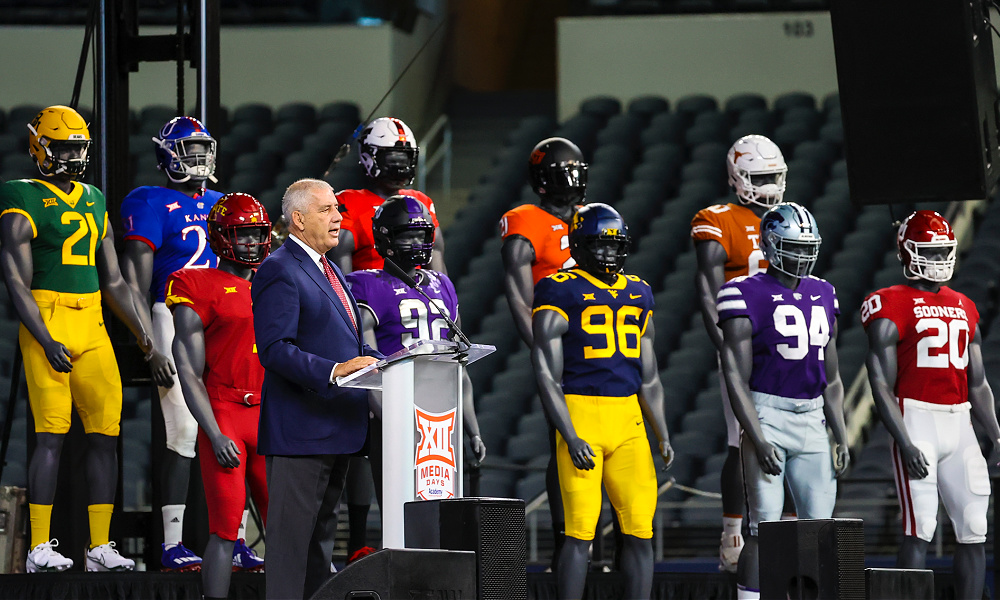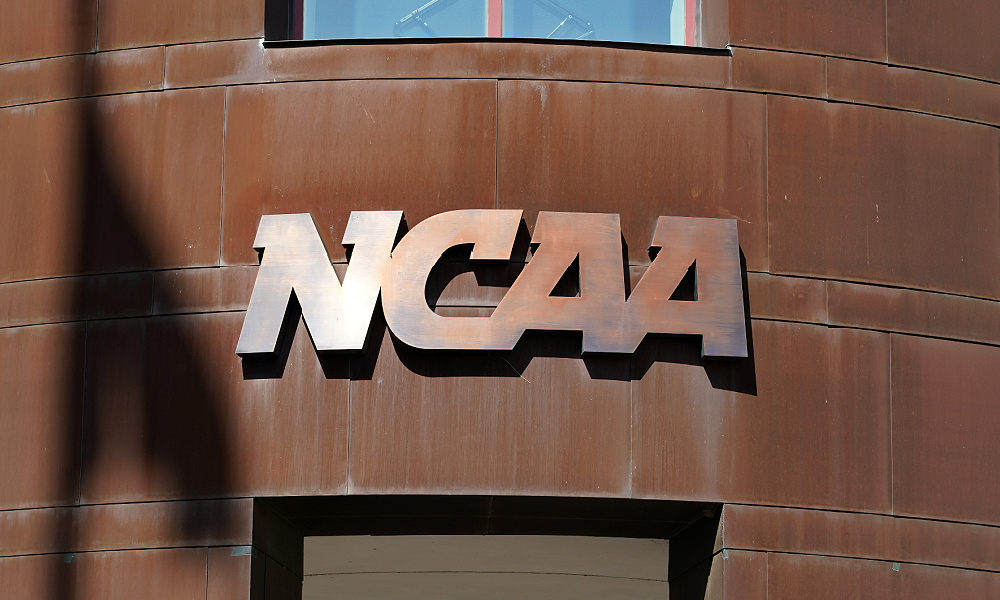Daily College Football Cavalcade: Texas and Oklahoma might leave for the SEC, but there are a few key things everyone is missing in the speculation.
– Contact/Follow @ColFootballNews & @PeteFiutak
Because the possibility of Texas and Oklahoma going to the SEC is all anyone wants to talk about right now, this week will feature a series of Daily Cavalcades with different views on what could be a seminal moment in college sports.
Sorry if this take sucks, it’s not my fault …
I’m trying to get fans in other parts of the country to care about reading it.
– Texas and Oklahoma to the SEC? What if it’s no big deal?
[mm-video type=playlist id=01f1343a1wt7q817p7 player_id=none image=https://collegefootballnews.com/wp-content/plugins/mm-video/images/playlist-icon.png]
The players still aren’t going to get a cut of the revenue, but that NIL thing is a nice cookie thrown their way. But I digress …
I’ve always been Mr. College Sports Business Progressive guy.
I’ve been screaming for 20 years that players should be able to take money, gifts, and benefits from anyone who wants to provide them, and now Name, Image and Likeness is here.
And it’s … okay. Maybe.
I’ve been screaming for 20 years that the NCAA’s influence needs to be deemphasized, with more power going to the conferences and schools to govern themselves, and now there’s a push that way.
And it’s … okay. Maybe.
I’ve been screaming for 20 years that the schools with the giant athletic departments, fan bases, and revenue streams should break away from the rest of the pack and form a super-level of college sports to generate more exposure, more revenue, and a higher quality product for everyone, and now Texas and Oklahoma might be going to the SEC.
And it’s … okay?
I’m not quite sure.
Remember, the SEC means more to the SEC, but not to everyone else.
There are two massive parts of this equation that Texas, Oklahoma, the SEC, and big-time college sports people appear to be missing, and they’re both going to be a problem if this goes through.
First, if the players are being paid/compensated, and the conferences are realigning – potentially – to completely shut out all but about 75 schools in the name of more revenue and bigger business, then how is this not a professional sports league?
Duh, major college athletics have always been that, but now there’s no subtlety about it.
And if it’s about the money with the SEC, and it’s about creating more of a sports league-type of system rather than a conference of institutions of higher education, then why should sports fans care about that when we can watch better players, better coaches, and a far better caliber of football – because this is about football – with the NFL?
If there’s no charm to college football and it’s ALL business, then what’s the point? And that leads to the second issue that everyone seems to be forgetting …
Pac-12 fans don’t give a flying poop about the SEC.
Big Ten fans don’t care about the SEC, and ACC fans sort of care about the SEC because of the region. Oh, and Big 12 fans are going to despise the SEC.
So yeah, there’s revenue to be made, and the addition of Texas and Oklahoma would bring a higher level of football and attention to the SEC, but there’s not going to be the overall worldwide expansion the SEC/Longhorn/Sooner types might think is coming.
All they’re doing is creating a bigger, more interesting bubble.
College sports are almost entirely regional. Yeah, fans across the country will watch the biggest games, but this isn’t the NFL where fans care about their bets and fantasy teams on a national level. So going forward, the SEC has a very tricky wire to walk.
The SEC – assuming it gets Texas and Oklahoma – will have try to get harder, better, faster, stronger, but it can’t be so amazing and so dominant that it makes the rest of college football totally irrelevant. The SEC still needs the Big Ten and Pac-12 to matter, if only to keep other regions of the country interested and involved.
Yeah, be careful what you wish for, SEC – and Mr. College Sports Business Progressive guy – you’re probably going to get it.
It’ll mean a whole lot more to one part of the country, but that business side might not be quite as great if it doesn’t mean more to everyone.
– CFN 2021 College Football Preview of all 130 teams
[protected-iframe id=”361699434b6d70baf15f631ed2408ac1-97672683-92922408″ info=”https://www.googletagservices.com/tag/js/gpt.js” ]








